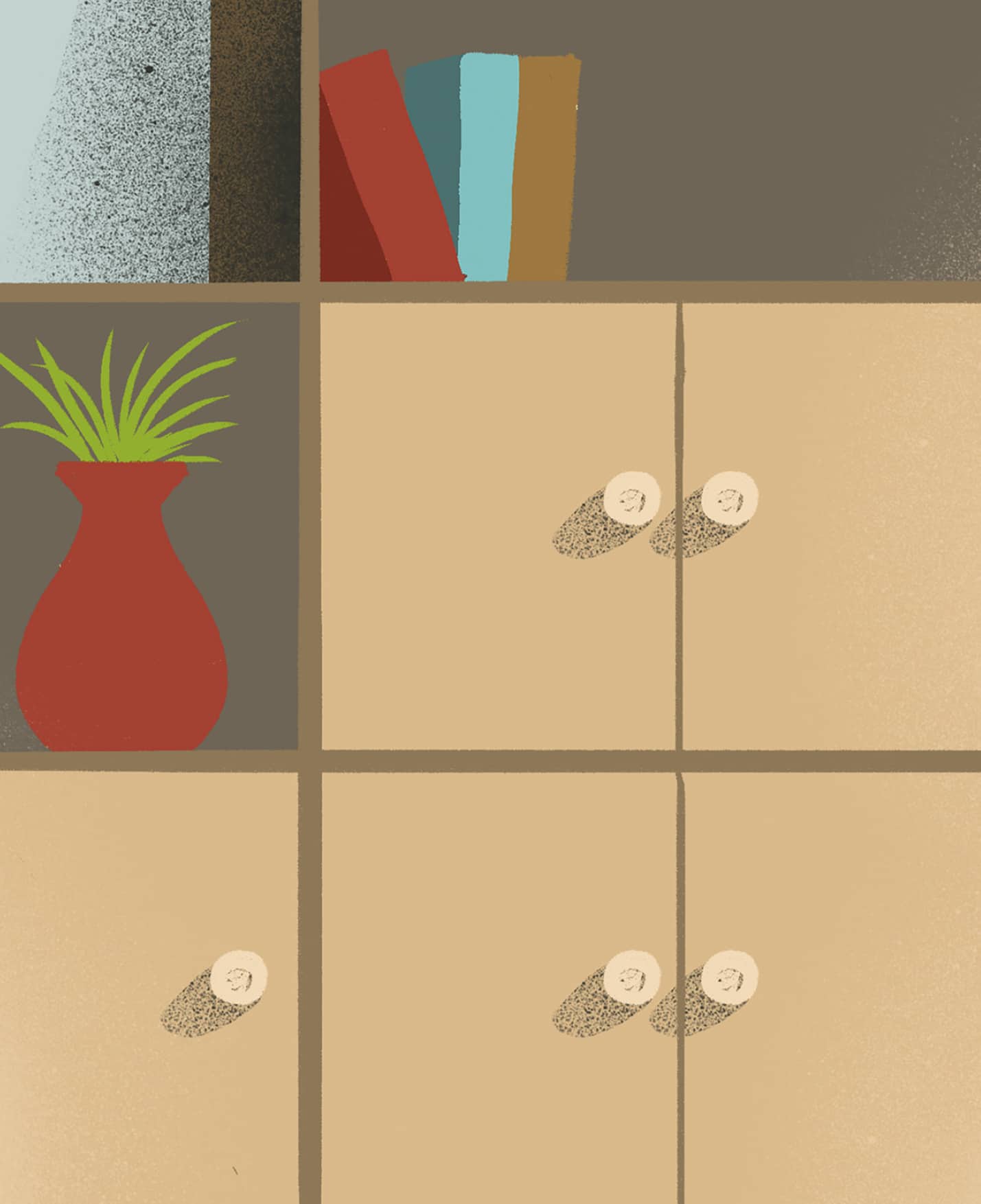Minimalist Living
If most of us were asked what we would take to a desert island, we might say music, books, photos or nice food. There are few references to the old sweaters in the back of the wardrobe, or the dreaded sock drawer full of odd socks. When it comes down to it, there really isn’t much that is irreplaceable in a house. So, why do we hold on to so much stuff? This is not about stripping back your belongings to a bare minimum, but keeping things that bring a positive association, things that we want or need. A bibliophile may have shelves full of books, each one may trigger a memory and they may look like art itself, but do we need to keep them all? Could we give some to a friend?

BREAKING ATTACHMENTS
Why do we become so attached? Buddhism talks about non-attachment in many areas, for both people and things. This does not mean that we need to live alone with no belongings, but rather that in order to reach some kind of nirvana (your natural state) you cannot progress until you recognize that you are attached to stuff.
Some people get very attached to money, power or objects. The problem is that these are not permanent. Money can be lost, power can be taken away and objects can be stolen or destroyed. It is impossible to be truly satisfied with external things; we end up simply wanting more. So how can we work on being less attached to items in the home? When we think about the Buddhist idea that our actions are our only true belongings, then it makes things fairly simple when it comes to keeping the things we need or love.
In terms of our personal belongings, we know that eventually most things will wear out or break down. Suppose, for instance, a fire destroyed our house and its contents: the more we placed our happiness in our personal items, the worse we’d suffer. We need instead to appreciate the things that we own, enjoy them, but try to remain a little detached. If we do this, then we allow ourselves the space to leave what we don’t love, keep the things that we do and free up space for more valuable things in life.
LETTING GO
Sorting through our items can be exhausting. Each individual item, from a box of safety pins in a drawer to old letters from a relative, requires a decision about whether we keep it or let it go, sell it or donate it. When I have done this in the past, there are some items that I find easy to make a decision about and others that move from pile to pile without a final decision being made. For example, I had a piece of artwork on the wall, bought on holiday with the family, which I didn’t actually like, but felt attached to because it triggered a memory of the trip we made. This should have been a simple decision because I didn’t like the image, but it evoked happy memories that I held onto. In the end I donated the artwork to charity and put a photo up of the holiday as a replacement, but I could have used the space to add a different memory or simply left it as a blank area allowing space to think.
There are times in life when we change our identity. Perhaps we become a parent or get married and move in with another person, or we lose a parent or change neighbourhoods. These times make us address our belongings and look at how many we have and what no longer serves us; we can try to let some things go. Clearing out some of our things can feel a little like letting go of part of ourselves. This can be a painful sensation, and mindfulness is a good way to ride that discomfort out. We are in the world and of the world, every moment; with or without a particular possession, we are still who we are. If you can manage it, the feeling when we reduce these possessions is so freeing. You end up with less distraction in the home, more control of our belongings and a feeling of lightness that well repays the initial effort.
If you are struggling to let go of things, try asking yourself why you are really hanging onto them. What does an item mean to you and what memories have you attached to it? When you connect yourself to these emotions you will realize that those memories are always with you, they don’t need to be triggered by an item. Maybe, give thanks to an item for triggering those memories and then, unless you love it, release it with a smile.